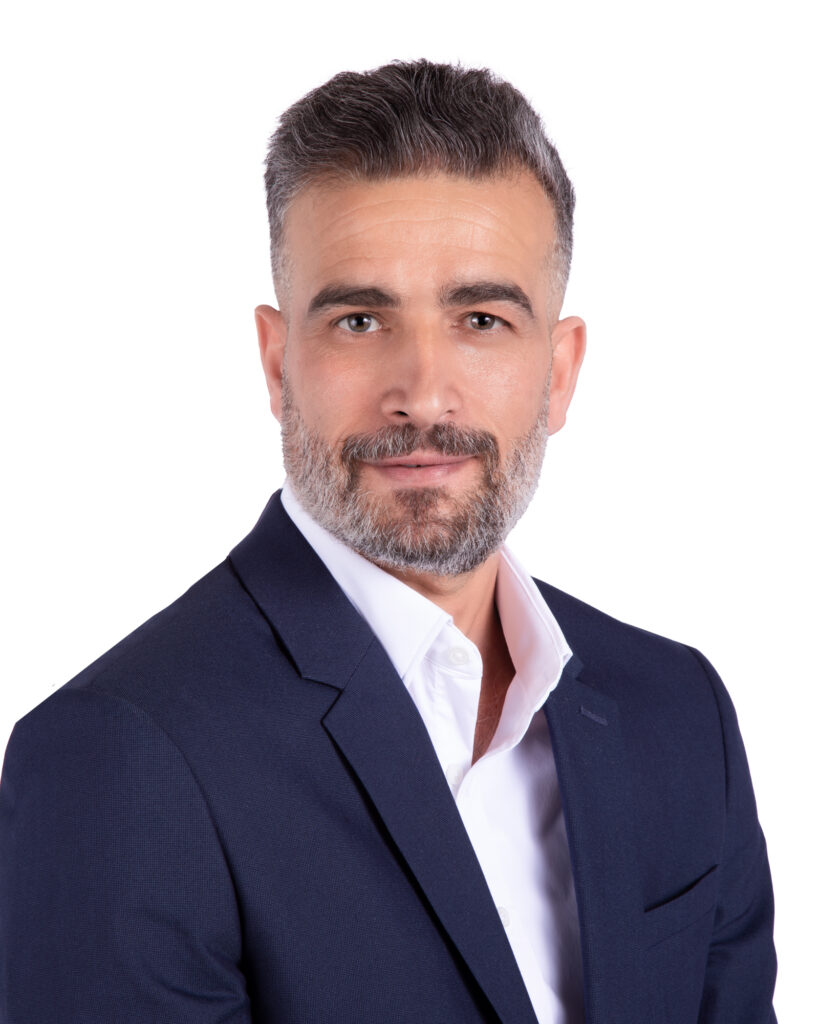Corporate Photography Trends in 2025
Introduction
As we step into the future with advanced technology shaping every aspect of business, corporate photography has not been left behind. Now in the year 2025, the industry has seen significant transformations influenced by innovations in camera technology, artificial intelligence (AI), and changing corporate cultures. This article explores the emerging trends in corporate photography, discusses their implications, and offers insights into how businesses are utilizing these advancements to enhance their brand image and connect more effectively with their target audience. The blend of technology and creativity is pushing the boundaries, making corporate photography a pivotal marketing strategy for businesses looking to thrive in a competitive environment.
Interactive and Immersive Experience
The rise of virtual reality (VR) and augmented reality (AR) technologies has ushered in a new dimension in corporate photography. Businesses are increasingly incorporating these technologies to create interactive and immersive visual experiences for viewers. This trend has been particularly influential in sectors like real estate, hospitality, and retail where potential customers can benefit from a more tangible understanding of the products or environments in question. VR tours of properties and AR catalogs that allow customers to see products in their own space before purchasing are becoming standard practice in corporate marketing strategies.
These technologies not only enhance the interactive visual experience but also significantly increase engagement rates. The immersive nature of VR and AR ensures that potential clients are not just viewers but active participants in the visual representation of a brand. This heightened engagement ultimately leads to better brand recall and customer conversion rates.
Authenticity and Storytelling
Gone are the days of stiff, posed corporate headshots. In 2025, authenticity rules the roost in the realm of corporate photography. More companies are opting for candid shots that feature real employees in action, embodying the spirit of the company. This shift towards authenticity not only humanizes the brand but also helps in telling a compelling story that potential clients can relate to.
Storytelling through visuals allows companies to narrate their brand journey, workplace culture, and behind-the-scenes moments that communicate transparency and trust. These stories are particularly appealing to millennials and Gen Z consumers, who prioritize authenticity and ethical business practices when making purchasing decisions. The trend emphasizes a less polished, more relatable visual narrative that resonates with a broader audience.
Green Screen Technology and AI
The integration of green screen technology and AI in corporate photography has streamlined the process of creating diverse environmental backdrops without the need for extensive logistics. This trend is especially useful for global companies that need to create localized marketing materials for different regions. AI-enhanced software aids in refining images to ensure that they look natural and professional, even though the backgrounds are digitally inserted.
Furthermore, AI algorithms are used to analyze trends in viewer engagement, helping photographers select poses, colors, and settings that are most likely to appeal to specific demographics. The use of these technologies not only reduces costs by minimizing the need for physical travel but also increases the speed at which high-quality, customized content can be produced.
Environmental Portraiture
Environmental portraiture has become a significant trend in corporate photography, providing more context about the subject’s role within the company and the company ethos. Instead of traditional headshots or group photos, this trend focuses on capturing individuals in their usual work settings, surrounded by elements that tell a story about their job and the company culture.
These portraits are more dynamic and provide a slice of life that typical corporate photographs lack. For instance, a photograph of a chef in the kitchen or a CEO in their office, decorated with personal mementos, offers a glimpse into their world. This trend not only enriches the corporate profile but also makes it more relatable to the audience.
Conclusion
The landscape of corporate photography in 2025 continues to evolve passionately and is shaped extensively by technological and cultural shifts. From immersive VR/AR experiences to authentic storytelling and the efficient use of AI, these trends not only enhance the aesthetic value of corporate photography but also increase its effectiveness as a strategic marketing tool. As we go forward, the integration of technology and creativity is set to become even more seamless, paving the way for more innovative applications and methodologies in corporate photography. In this light, businesses and photographers alike must stay informed and agile to harness the full potential of these trends, ensuring they remain competitive and relevant in a rapidly changing corporate environment.
Choosing the Right Photographer: A Quick Guide
Selecting the right photographer is essential to ensure high-quality images that meet your expectations. Whether you need portraits, event coverage, or branding photography, here’s how to make the right choice.
1. Define Your Needs
- Start by identifying your requirements:
- What type of photography do you need? (e.g., portraits, events, headshots)
- Where will the photos be used? (e.g., website, social media)
- What’s your budget?
A clear vision of your goals will help you find photographers who specialize in the type of work you require.
2. Review Portfolios
A photographer’s portfolio showcases their style and expertise. Look for:
- Consistent quality across shoots.
- Strong use of lighting, composition, and editing.
- A style that matches your vision, whether it’s natural, studio, or candid.
3. Check Experience and Reviews
Experience matters, especially for specialized photography. Consider:
- How long they’ve been in the industry.
- Their expertise in your specific needs.
- Reviews or testimonials that highlight their professionalism and reliability.
Positive feedback about their communication and deliverables is a strong indicator of trustworthiness.
4. Assess Communication and Pricing
Good communication ensures a seamless process. Look for someone who:
- Listens to your needs and offers guidance.
- Explains pricing, packages, and deliverables clearly.
When comparing costs, consider the value provided—quality and professionalism should outweigh a cheaper price.
5. Meet or Consult Before Hiring
If possible, meet the photographer or arrange a call to discuss your project. This helps you gauge their personality, professionalism, and ability to meet your expectations.
Conclusion
Choosing the right photographer is about more than technical skill—it’s about finding someone who aligns with your vision and makes the process enjoyable. By reviewing portfolios, checking reviews, and assessing communication, you can confidently hire a photographer who delivers exceptional results.
About JWiLDER
Joe Jovanovich is a professional portrait photographer based in Chicagoland, specializing in creating impactful images for companies, executives, and professionals. Through his company, JWilder.net, Joe combines artistic vision with technical expertise to deliver portraits that elevate personal and corporate brands.
For companies, Joe provides professional headshots, executive portraits, and team photography that enhance marketing materials, build trust, and foster a polished brand image. His work helps businesses stand out on websites, LinkedIn, and promotional campaigns by capturing the authenticity and professionalism of their teams.
With over a decade of experience and a passion for storytelling, Joe ensures every session is seamless, tailored, and focused on helping clients present their best selves to the world.




